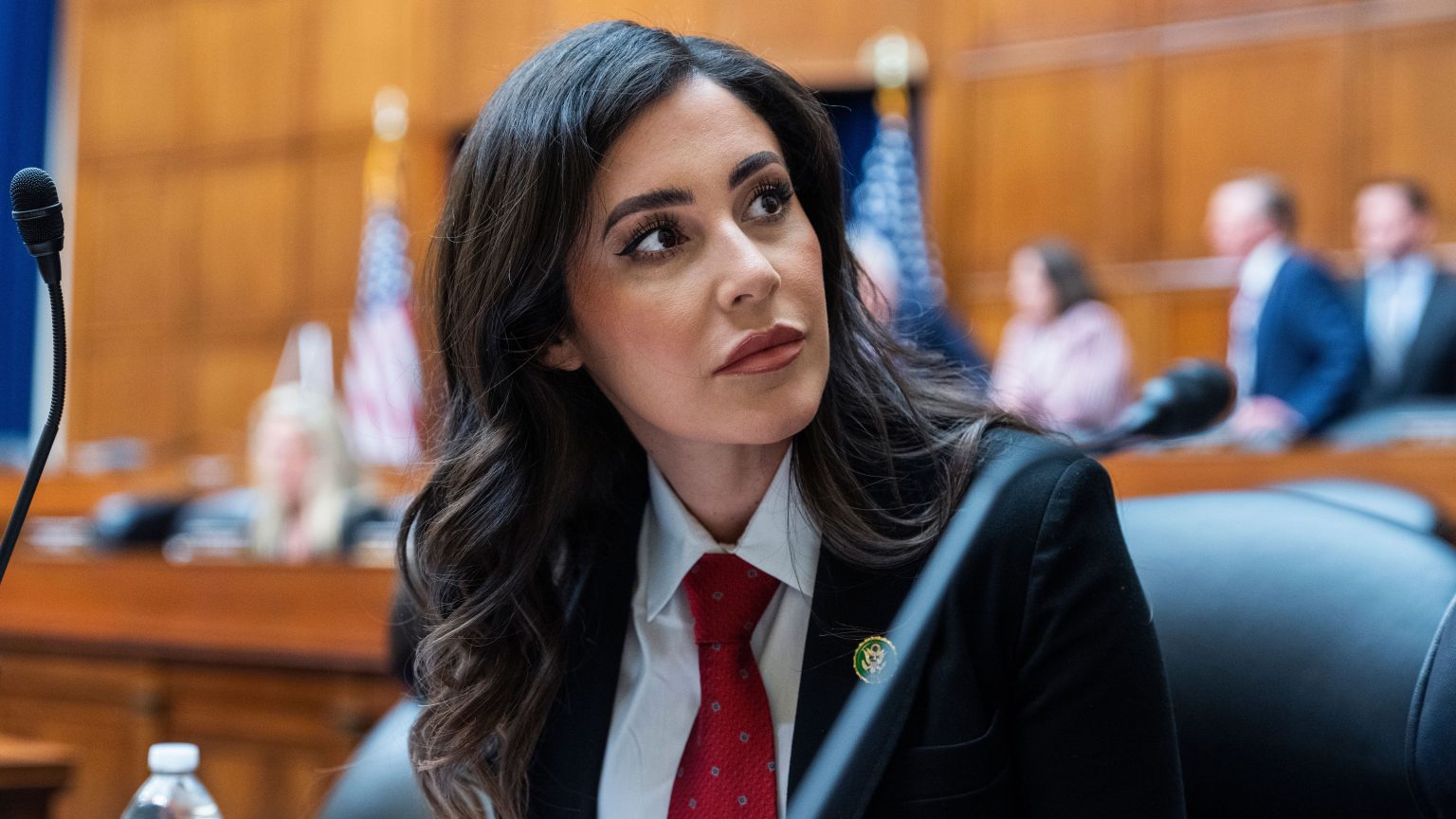The impending threat of a partial government shutdown looms large as the House of Representatives scrambles to find a solution before the deadline. A continuing resolution (CR) proposal is expected to be brought to a vote Friday morning, offering a potential reprieve from the looming crisis. Rep. Anna Paulina Luna, R-Fla., expressed optimism, suggesting that a deal is within reach and that the vote could take place as early as 10 a.m. Friday. She conveyed confidence that a shutdown would be averted, hinting that the forthcoming proposal aligns closely with a plan previously put forth by former President Donald Trump. Crucially, she emphasized that any potential agreement would not involve concessions to Democrats, underscoring the partisan divide that has complicated negotiations.
The previous attempt to avert a shutdown, spearheaded by a Trump-backed spending bill, met with resounding failure in the House on Thursday night. The bill required a two-thirds majority to pass but fell significantly short, failing to even garner a simple majority. While the majority of Republicans voted in favor, a sizable contingent of 38 GOP lawmakers opposed the measure, effectively dooming its prospects. The bill’s defeat underscores the deep fissures within the Republican party, highlighting the challenge of unifying the caucus around a single solution. The lack of Democratic support further complicates matters, indicating the difficulty of forging a bipartisan path forward.
The current impasse stems from a complex interplay of factors, including disagreements over spending levels, policy riders, and the overall direction of government funding. Republicans have been pushing for significant spending cuts, particularly in areas they deem wasteful or excessive. Democrats, on the other hand, have prioritized maintaining funding for social programs and other government initiatives. The inclusion of policy riders, often unrelated to spending, has further muddied the waters, serving as points of contention between the two parties. This ideological clash, combined with the political maneuvering inherent in such high-stakes negotiations, has created a challenging environment for finding common ground.
The looming shutdown carries significant implications, potentially disrupting a wide range of government services and impacting millions of Americans. A partial shutdown would mean the temporary closure of non-essential government agencies, leading to furloughs for federal employees and a disruption of services ranging from national parks to passport processing. The economic consequences could be substantial, with reduced government spending impacting various sectors and potentially slowing economic growth. The political fallout could also be significant, with both parties facing potential blame for the disruption and the resulting hardship for citizens.
The upcoming vote on the CR proposal represents a critical juncture in the ongoing struggle to avert a shutdown. The success or failure of this effort will hinge on the ability of House leadership to muster sufficient support within their own ranks while also navigating the complex dynamics of bipartisan negotiations. The outcome of the vote will not only determine the immediate fate of government funding but also have broader implications for the political landscape and the functioning of government in the coming months. The stakes are high, and the pressure is on for lawmakers to find a solution that avoids the potentially devastating consequences of a government shutdown.
The current situation reflects a broader trend of political polarization and gridlock that has increasingly hampered the ability of Congress to effectively address critical issues. The difficulty in reaching consensus on even basic matters of governance, such as funding the government, underscores the deep divisions that exist within the political system. The repeated threats of government shutdowns have become a recurring feature of the political landscape, highlighting the dysfunction and instability that characterize the current political climate. The need for compromise and collaboration has never been greater, yet the ability to achieve such cooperation seems increasingly elusive. The path forward remains uncertain, and the consequences of inaction are potentially dire.

